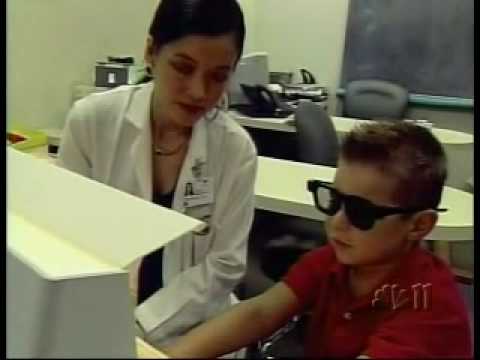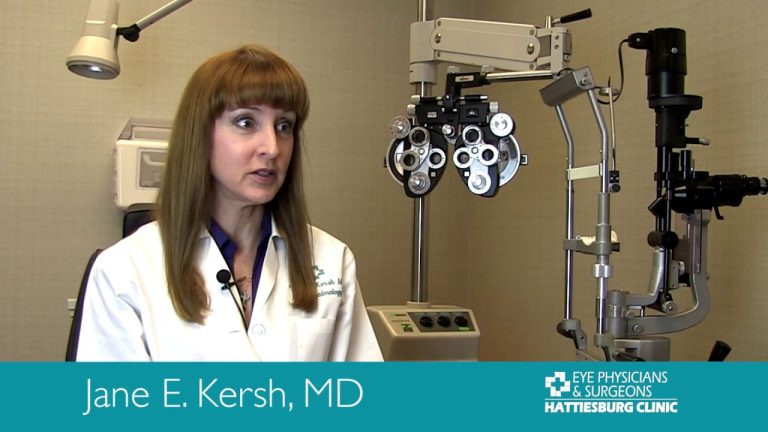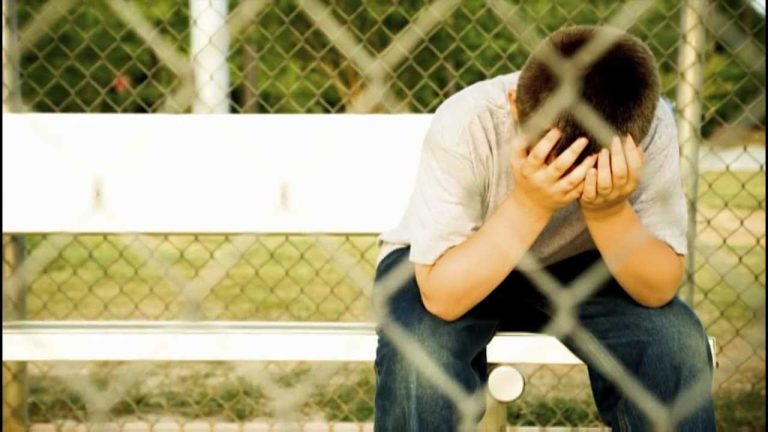How to Recognize Vision and Learning Problems in Children: The Ultimate Guide for Parents and Caregivers
As parents, we all want our children to succeed academically and socially. We go to great lengths to provide them with the best education, nutrition, and support. However, one aspect that is often overlooked is vision. It’s important to understand that vision problems can impact a child’s ability to learn, read, and write effectively.
According to the American Optometric Association, 1 in 4 children has an undiagnosed vision problem that can interfere with their learning abilities. These learning problems can manifest in different ways, such as difficulty reading, writing, focusing, or comprehending information. This can ultimately affect their academic and social lives.
What are Vision Problems?
Vision problems can range from minor to severe, with some issues being easily correctable with glasses or contact lenses, while others requiring more intensive treatment. Some common vision problems that can impact a child’s learning include:
- Myopia: or nearsightedness, where distant objects appear blurry
- Hyperopia: or farsightedness, where close-up objects appear blurry
- Astigmatism: where vision is blurry or distorted due to an irregularly shaped cornea
H3>What are the Signs and Symptoms of Vision Problems?
Early detection is key to addressing vision problems and enhancing a child’s learning experience. Here are some common signs and symptoms to lookout for:
- Squinting, eye rubbing, or excessive blinking
- Headaches or eye strain
- Trouble with reading or writing
- Avoiding close-up work such as reading or writing
- Difficulty maintaining eye contact
If you notice any of these signs or symptoms, it’s important to take your child to an eye doctor for a comprehensive eye exam. Early detection can help prevent vision problems from escalating and impacting your child’s learning ability.
How to Protect Your Child’s Eyes?
Here are some practical ways to protect your child’s eye health and reduce the risk of developing vision problems:
- Encourage outdoor play and limit screen time
- Ensure proper lighting when doing close-up work such as reading or writing
- Use protective eyewear when playing sports or engaging in other high-risk activities
- Provide a healthy and balanced diet rich in nutrients such as vitamin A, C, and E
By prioritizing your child’s eye health, you can help them reach their full potential academically and socially. Remember to schedule regular eye exams and talk to your eye doctor if you have any concerns about your child’s vision.
Most wanted in Hoya Vision:
What are prism eyeglass lenses?
What brand lenses does Costco use?
Hoya Lens Engravings
Do tinted glasses help with migraines?
What does +0.25 mean on an eye test?
Hoya Identification Chart
Should eyeglasses cover eyebrows?
What LED light is best for broken capillaries?
What is the difference between Ray Ban RB and Rx?
Does hyperopia worsen with age?
















